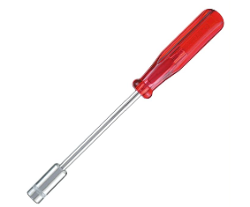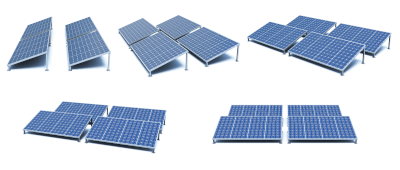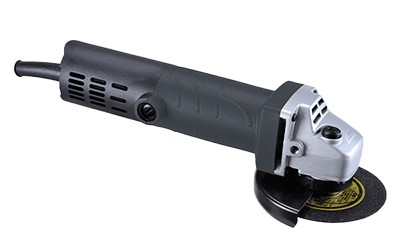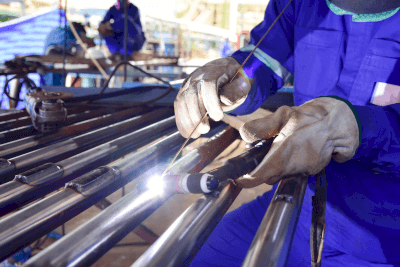What Is a Granulator?
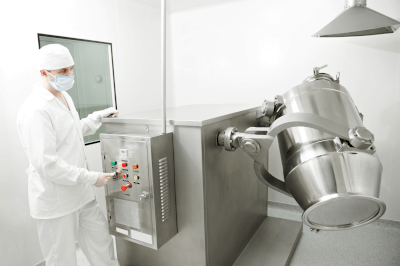
A granulator is a compacting device that solidifies powders, fine particles, or solutions into spheres or granules.
It is also called a pelletizer because it can produce granular pellets. In many cases, granulation rather than the powder itself, which is the raw material, is more advantageous for commercialization and other purposes. For this reason, it is often applied in the manufacture of pharmaceuticals, foodstuffs, and other products.
Granulators are available in agitating and extruding types, depending on the type, nature, and size of the raw material. Basically, a binder, represented by a dispersion, is required for granulation.
Uses of Granulators
Granulators are widely used in pharmaceuticals, color materials, and other industrial applications because they can form fine particles into uniformly sized spheres or granules.
1. Pharmaceuticals
In the pharmaceutical field, Granulators are used to produce tablet granules from raw drug materials. In the case of colored materials, the advantage is that they are easier to handle after granulation rather than being sold as powder when sold as a product.
Granulators are also used in the production of desiccants to prevent agglomeration and moisture.
2. Food Industry
In the food industry, granulation is commonly used to prevent powdering, improve quick dissolution, and enhance shelf life. Granulators are also used in detergents to improve solubility in water and hot water and to facilitate weighing.
3. Industrial Fields
In the steel and glass industries, granulation is used to ensure stable blending and uniform reaction conditions. Granulators are also used in the chemical industry to improve flowability, prevent adhesion, and prevent contamination. They are also used to produce pellets for resin molding and processing.
Principle of Granulators
1. Granulation Mechanism
When raw materials are dispersed in a gas or liquid, mechanical operations such as rotors cause the raw materials and fluid to react, and particle agglomeration begins to occur due to inter-particle bonding. When dispersed droplets are used, the fine particles within the droplets undergo synthesis, polymerization, and agglomeration, and granulation proceeds within the droplets.
To facilitate these reactions, the mechanical manipulation of the powder is mixing or agitation. Since the effects of agglomeration are more likely to occur in a humid environment, granulation is performed in combination with humidification, aeration, and drying.
Since it is difficult to obtain the intended particle shape for relatively brittle powders with plasticity, molding methods such as extrusion and injection are used for granulation. Granulators using either method should be selected according to the type, size, and properties of the powder.
2. Classification of Granulation
Various classifications can be made based on the granulation mechanism. Classification of granulation methods includes dry granulation and wet granulation.
Dry Granulation
Dry granulation is a method of granulation that does not use water or binders, but instead increases the cohesive force of the material. Compression granulation, in which powder is compressed using rolls, is an example.
Wet Granulation
Wet granulation is a method of granulation that utilizes the adhesive force of water and binders. Examples include rolling granulation and extrusion granulation.
Wet granulation can also be classified into mixed granulation, forced granulation, and heat-assisted granulation.
- Mixed Granulation
Rolling granulation, agitation granulation, etc. - Forced Granulation
Extrusion granulation, dry granulation, etc. - Heat-Utilized Granulation
Melt granulation, dry granulation, etc.
Types of Granulators
There are various types of granulators, depending on the granulation method. Typical granulation operations include agitation, extrusion, rolling, and dry granulation.
1. Agitated Granulator
In the agitating type, the powder is agitated while the binder is dropped to granulate it into spherical particles. It is characterized by the high density of the granulated particles.
2. Extrusion Granulator
In the extrusion method, binder is added to the powder, mixed with water and other ingredients, and pressure is applied to extrude the powder through a number of holes to granulate it. Uniformity can be obtained, costs are favorable, and it is suitable for mass production.
Specifically, plunger extrusion, screw extrusion, and roller extrusion are available.
3. Rolling Granulator
In rolling granulators, powder is continuously fed into a granulation container, such as a drum, and sprayed with water or other liquids to create granules. It is characterized by its easy control of particle size.
4. Dry Granulator
Dry granulator methods include compression granulation and briquette granulation. Compression granulation is a method in which the granules are compressed with rolls and then crushed into granules. It is used for the granulation of water-sensitive pharmaceuticals.
5. Melt Granulation
In the melt granulation method, raw materials with a low melting point are melted by heat, and then cooled and solidified to form granules. It is not commonly used for pharmaceuticals.
